
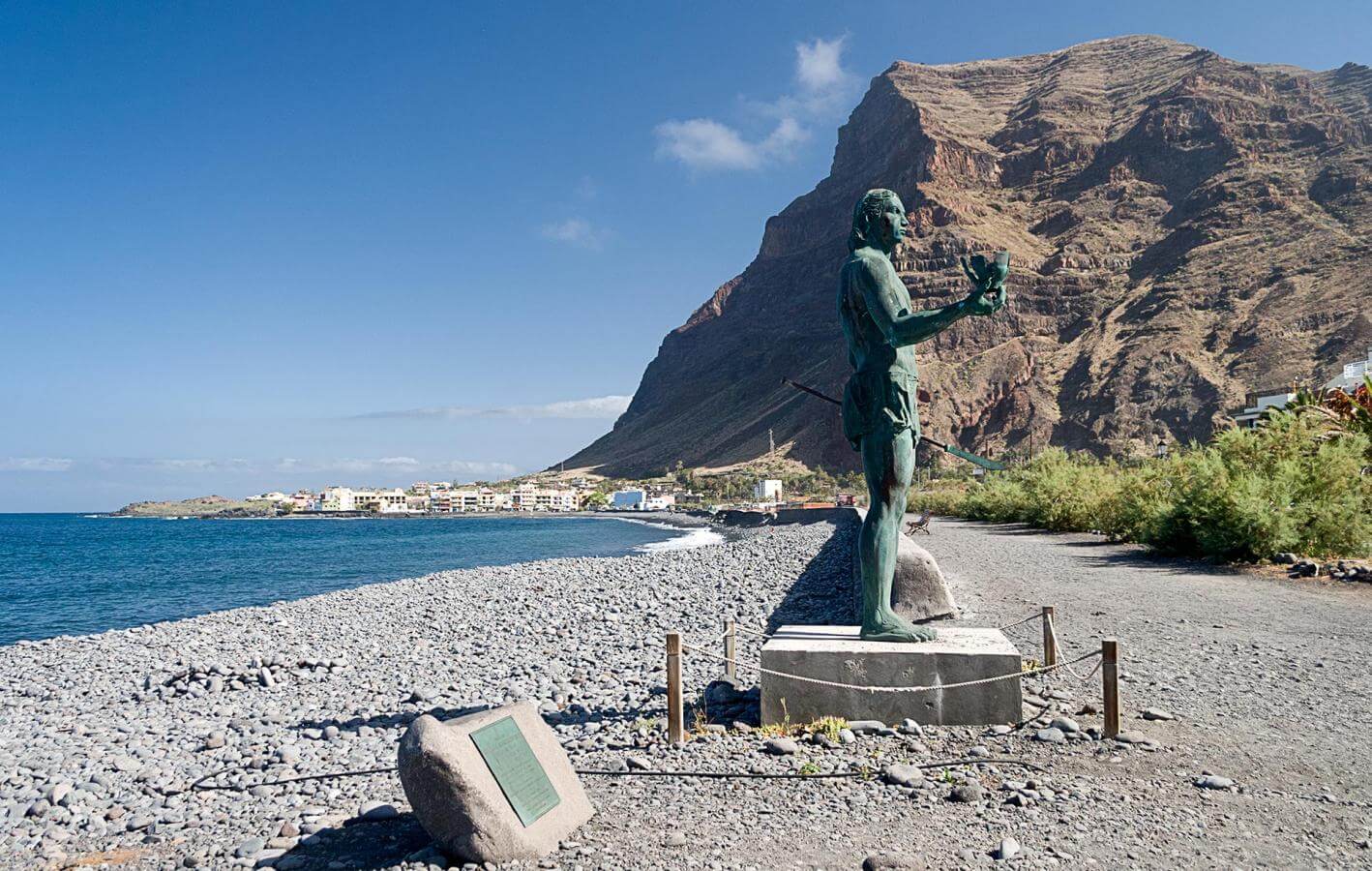

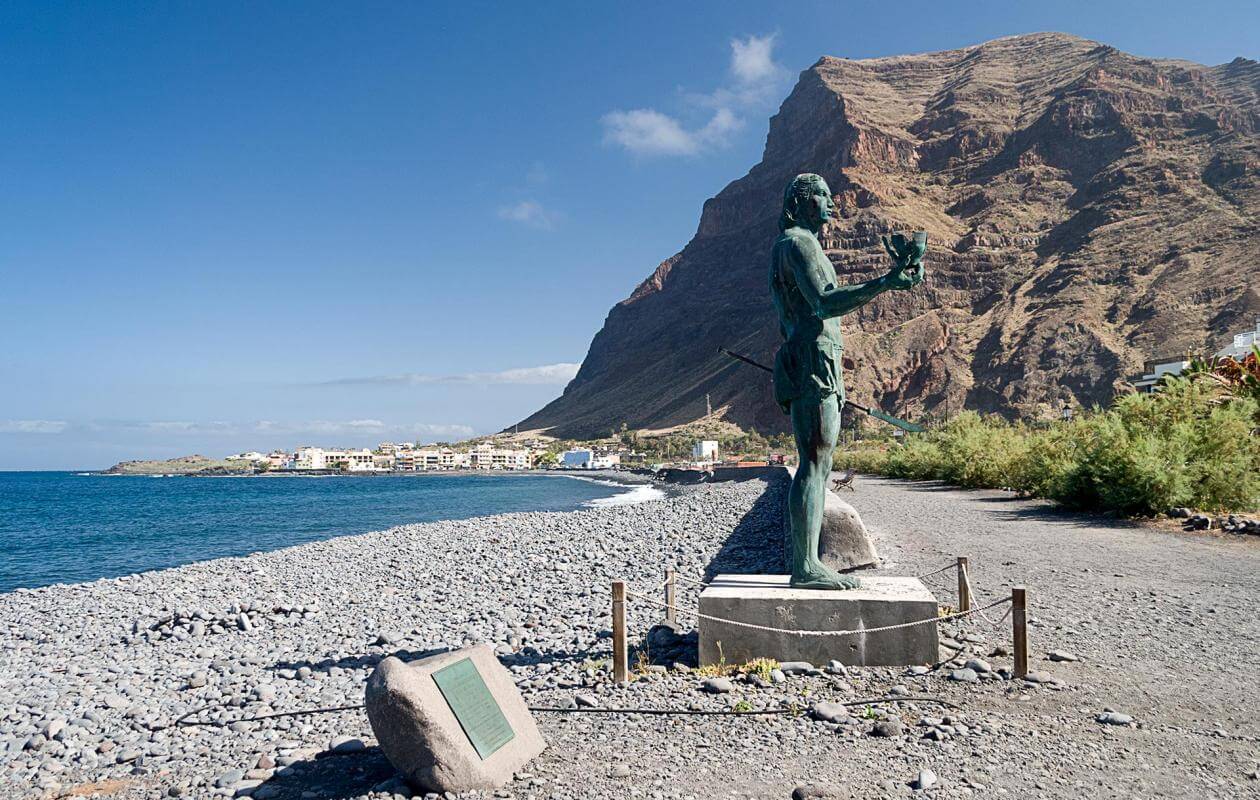
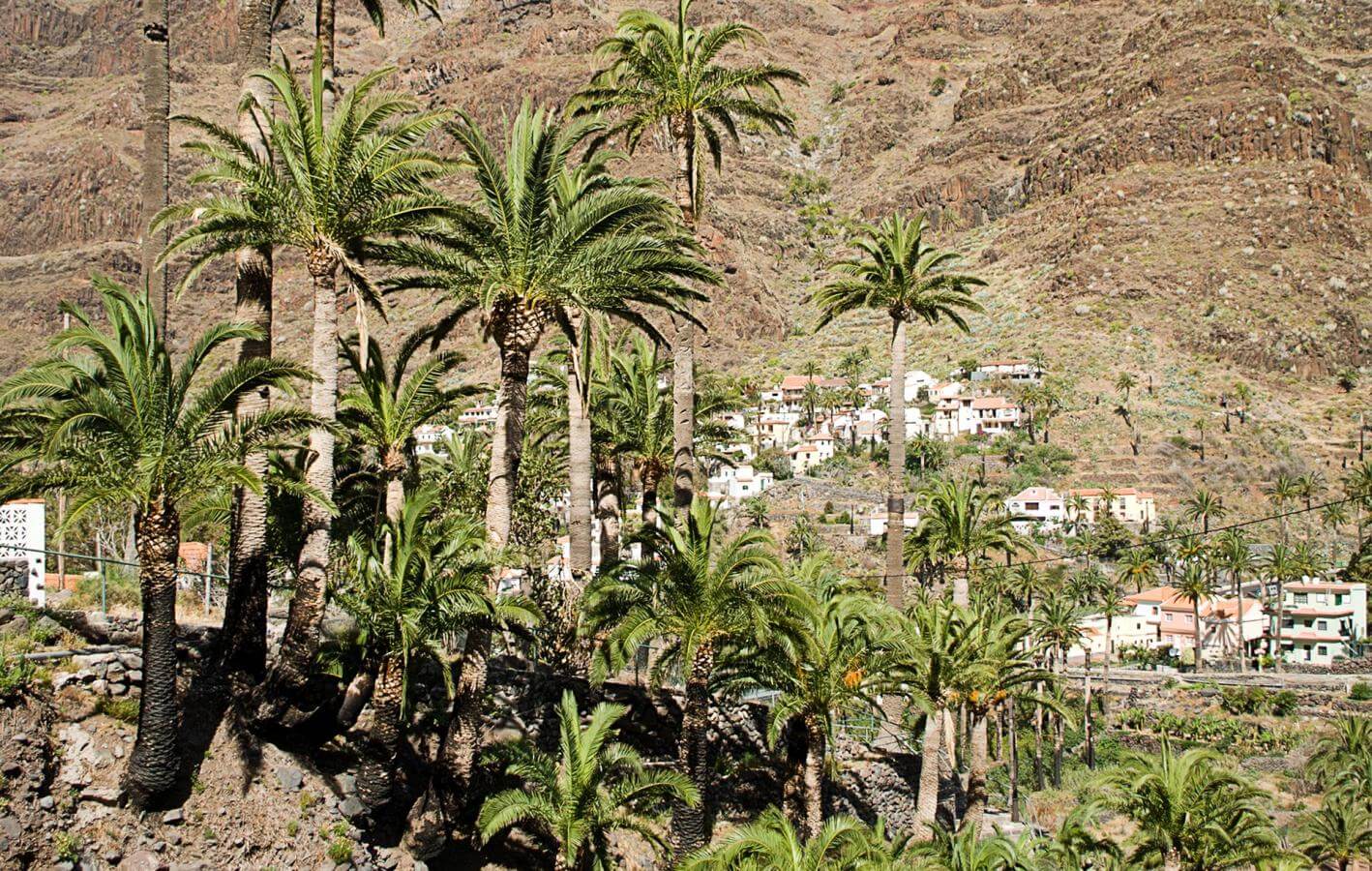

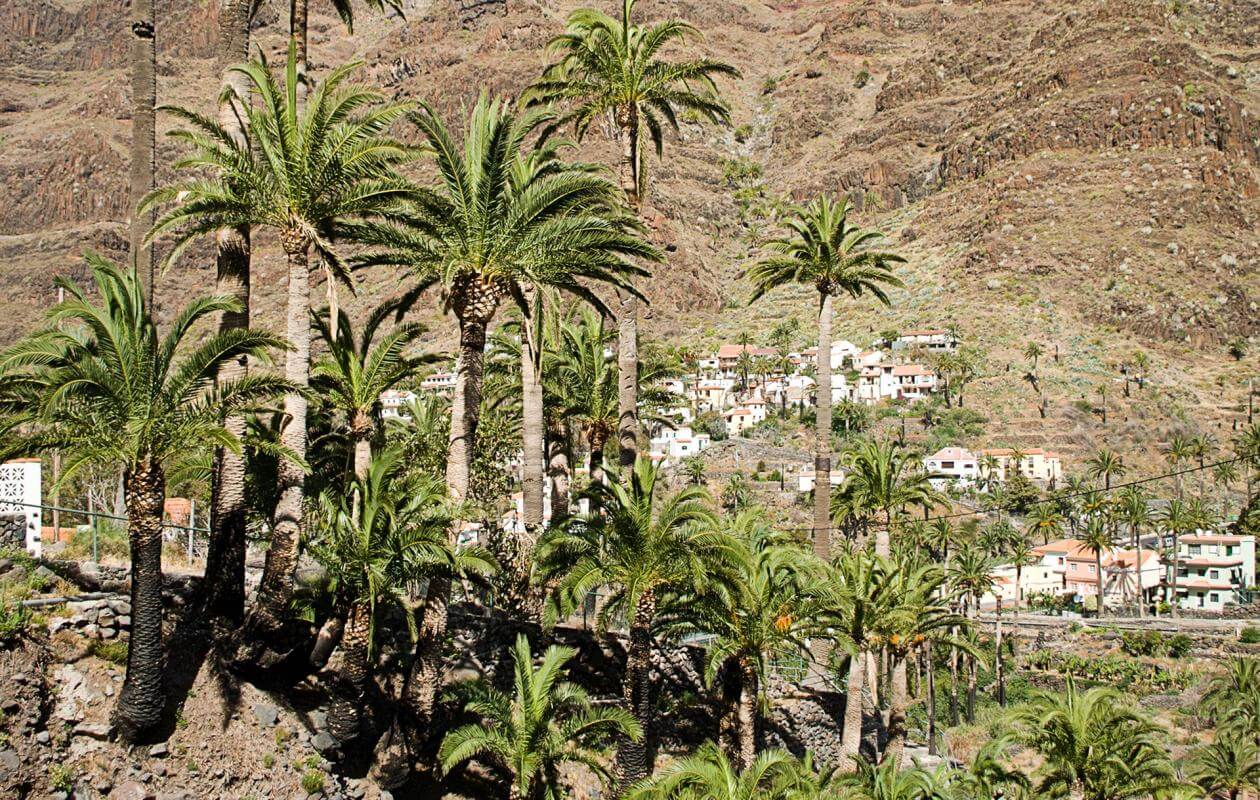
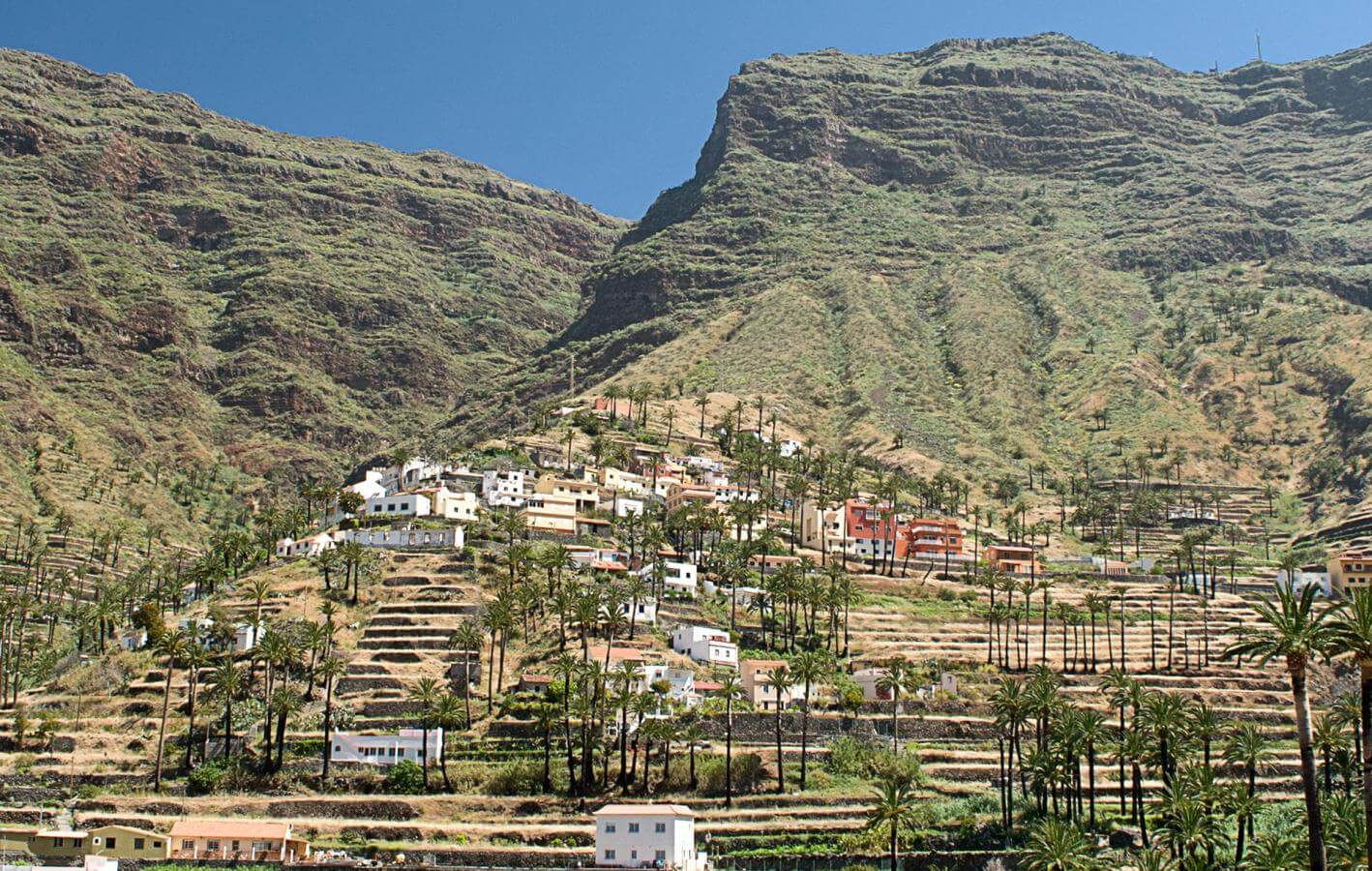

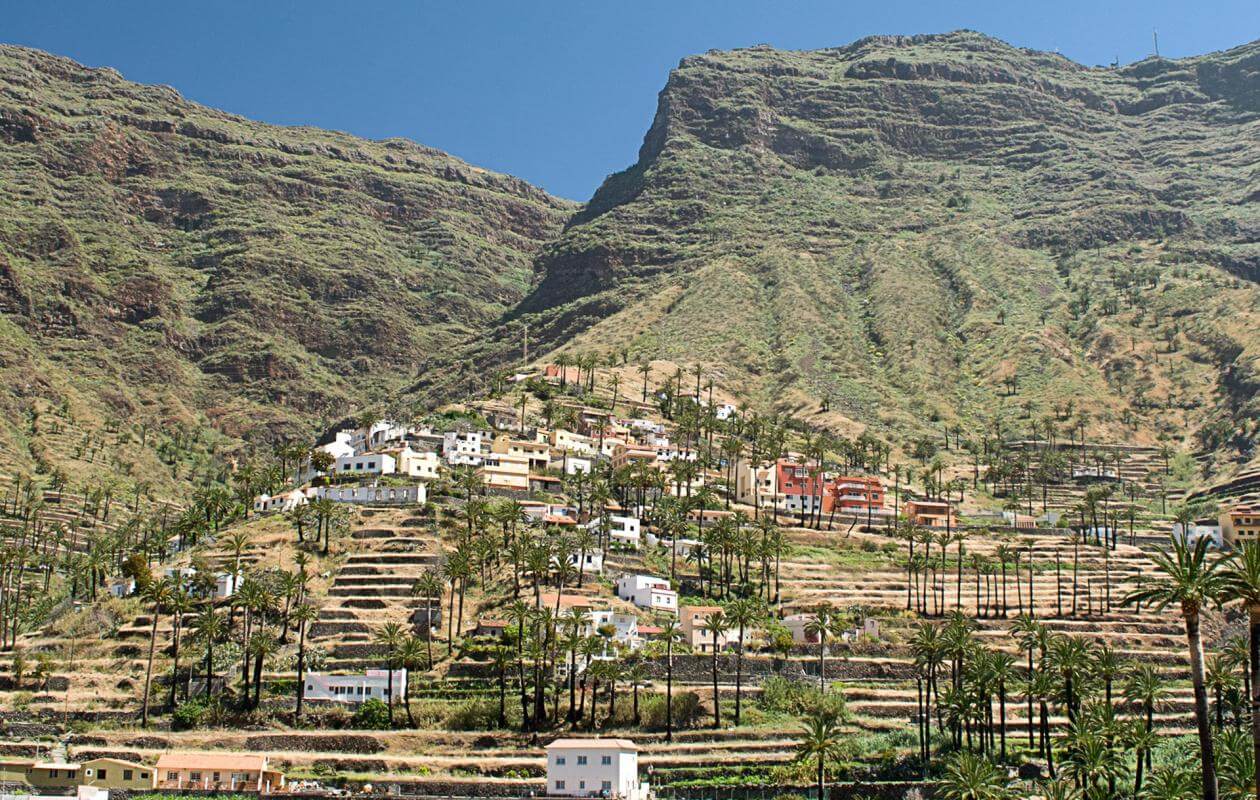
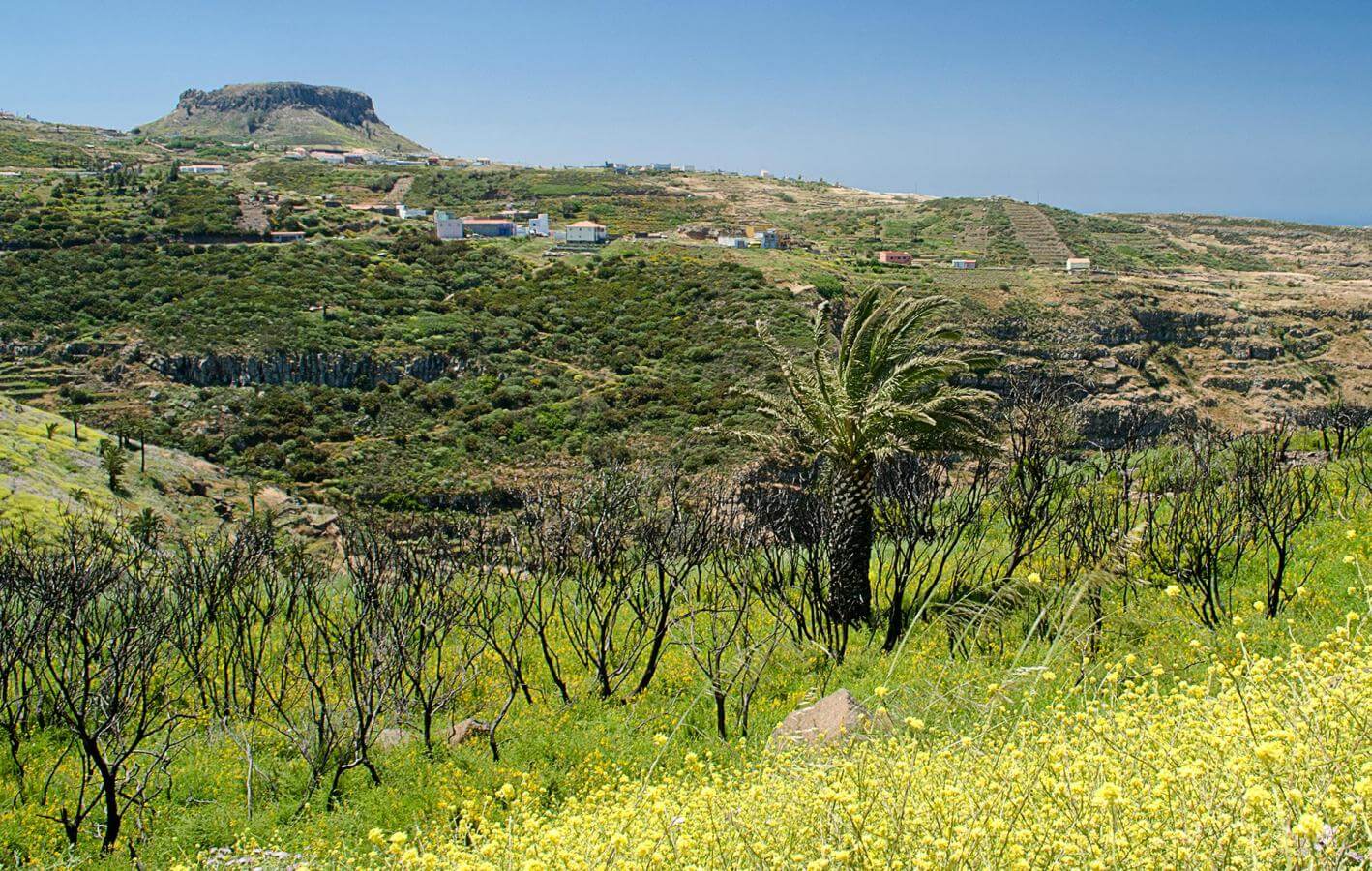

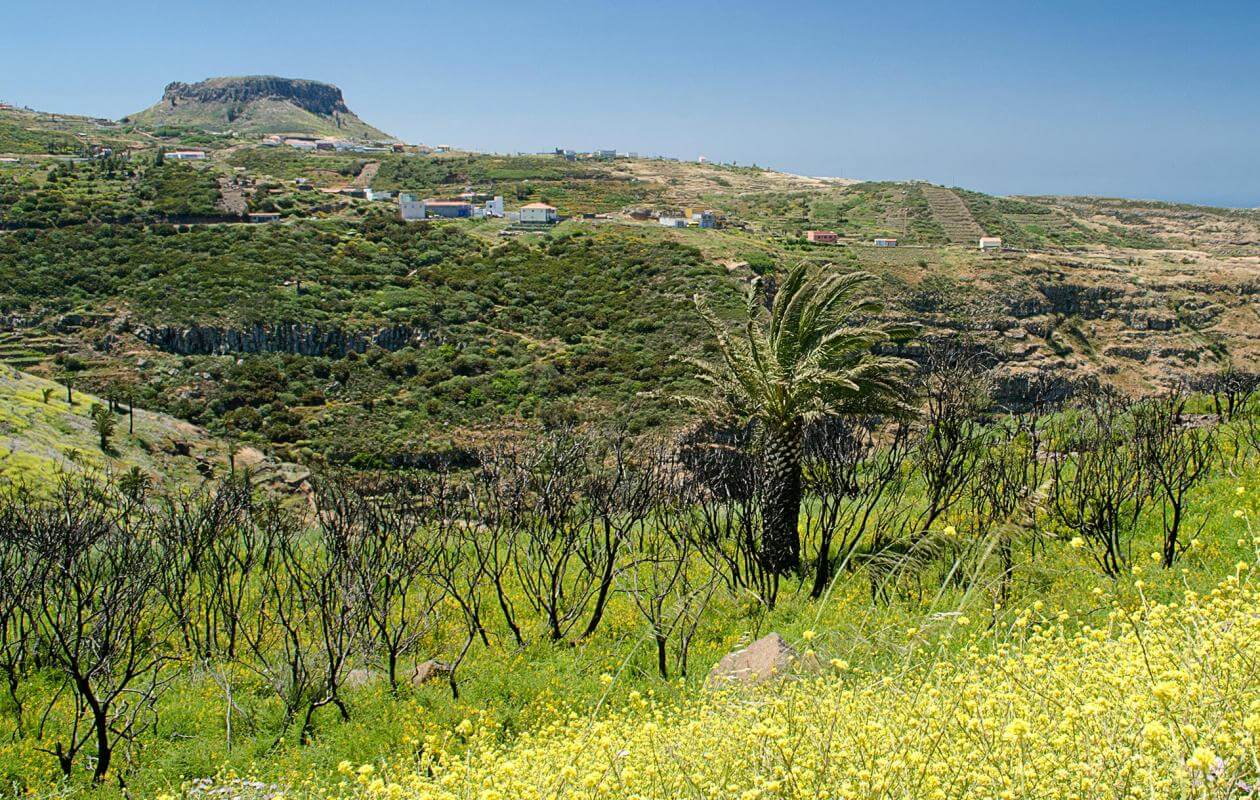
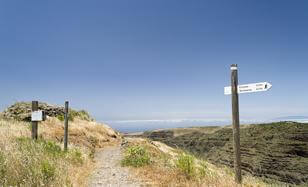
The trail begins from a village on the medianías or mid-slopes of La Gomera, perched on a gradual, terrace slope where subsistence agriculture, mainly potatoes and vegetables, is still carried out. This neighbourhood has historically been the epicentre of ceramics on the island; even today you can see artisans make traditional ceramics without using a wheel.
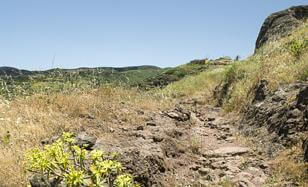
As the trail up Lomo de Los Balos begins to become steeper and follows the old stone trail, you can see a huge stone wall with a waterfall between the upper section of the ravine and the gorge lower down that leads to the sea. This is Barranco del Agua and in winter post the rains, it is one of the largest waterfalls on the island. In the gorge, a series of springs provide water to the village and the farms in the valley.
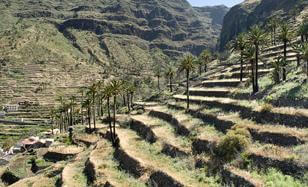
Hupalupa, the chief of the indigenous people who they called Gran Rey, lived in this valley and hence the name Valle Gran Rey. The landscape in this ravine boxed in between steep slopes is truly spectacular, with a unique mix of settlements, terraced cultivation plots and palm trees.

The Guadá springs provide water to the whole valley. On the wall of the ravine, you can see three springs that flow throughout the year. The main spring is a little above the gorge of the ravine and is known as Arroyo de Guadá. There is now just a small cluster of willow trees in this area; the numbers of this riverside forest that needs constant water supply have dwindled as the water resources have been exploited.
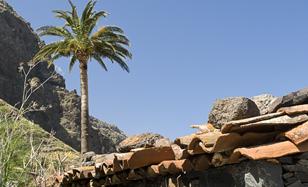
The village is located in the valley below Roques de Guadá. A curve in the steep path leads to examples of traditional architecture - Arabic roof tiles, made on the island itself, over a rectangular structure; even though most houses today have been adapted and extended. Some still maintain the old look with exposed basalt stone walls, which blends perfectly with other humble houses in this rural landscape.
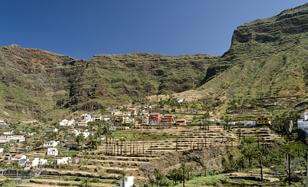
This is the edge of Frontera Rural Park, the second largest protected natural space in La Gomera after Garajonay National Park. Besides the Valle Gran Rey ravine, the Argaga ravine, which is one of the largest and most stunning on the island, also enjoys the protection of the Rural Park.

The Santos Reyes hermitage was probably built by the Count of La Gomera in the 16th century. The current structure dates back to the beginning of the 20th century and has a statue of the Three Wise Men, who are greatly venerated in the valley.
The square was also very important with respect to the culture of water. It served as a sort of clock that marked the change over from one spring to another. When the shadow of the ridge fell on the hermitage, the upper valley sent all the water down the gorge to the lower valley.
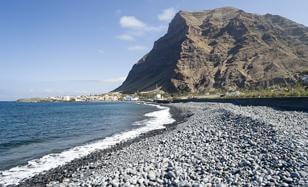
Historically, La Calera has been the main town of Valle Gran Rey. It was founded in the 16th century on the slope of Roque La Mérica but a little away from the coast to protect it from pirates. Valle Gran Rey beach is hardly 500 metres away and you can end the trail by taking a swim there.
- Never leave waste of any type lying around, including cigarette butts. Leftover food leads to a proliferation of rats and wild cats, which pose a serious threat to the fauna.
- Respect the animals. Do not bother them or feed them. If you see an injured specimen, you can call the emergency number: 112. Do not pick flowers or plants.
- Do not pick up or take away stones or any other item from the natural environment. And do not move them to pile them up into sadly famous 'towers'.
- Respect the signposting along trails. Leaving the set paths causes damage to the environment and could also be dangerous for you and anyone with you.
- It is safer to keep your pet on a lead.
- Try not to alter the peace of the environment with excessive noise (loud music, yelling, etc.).



